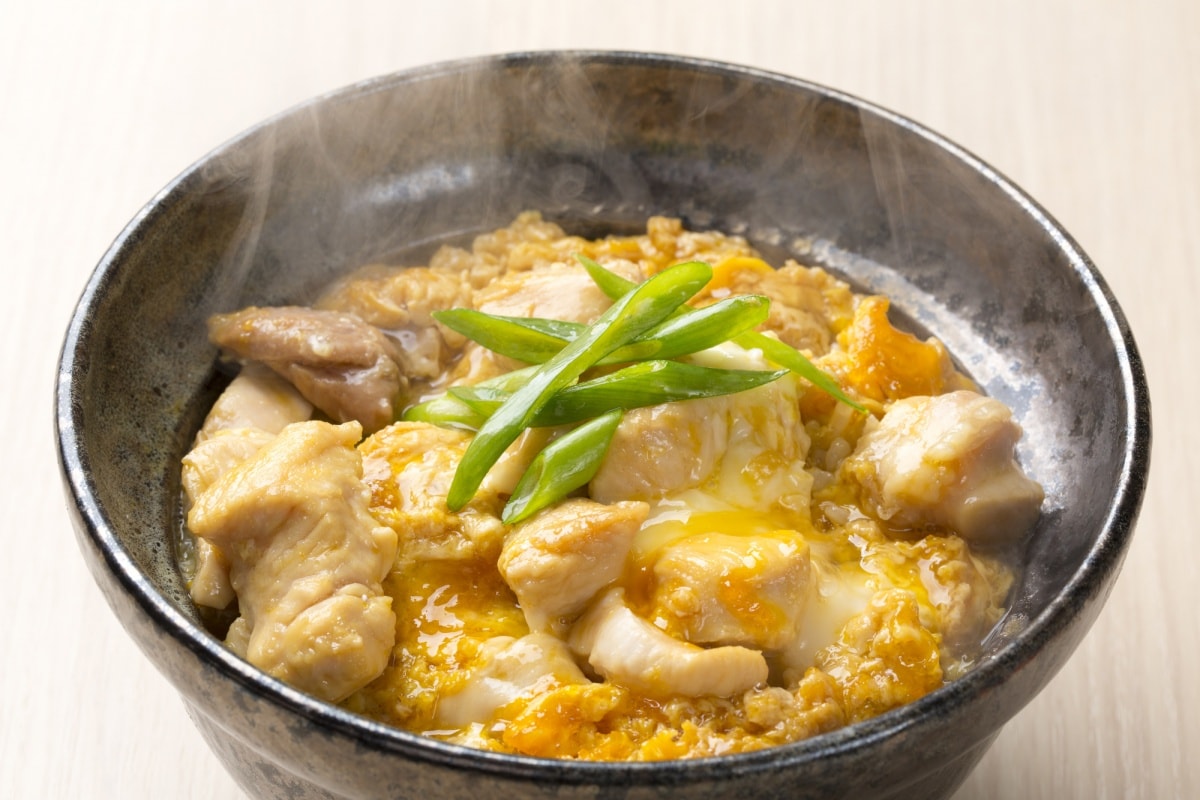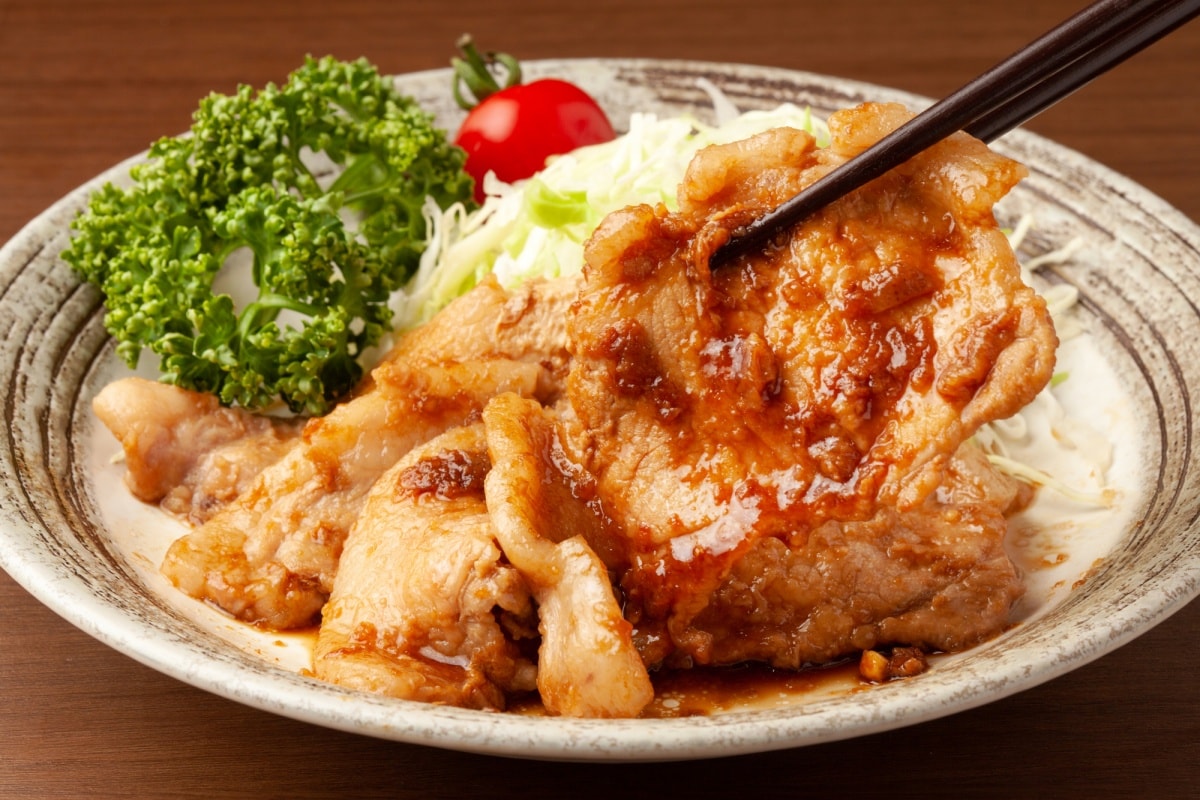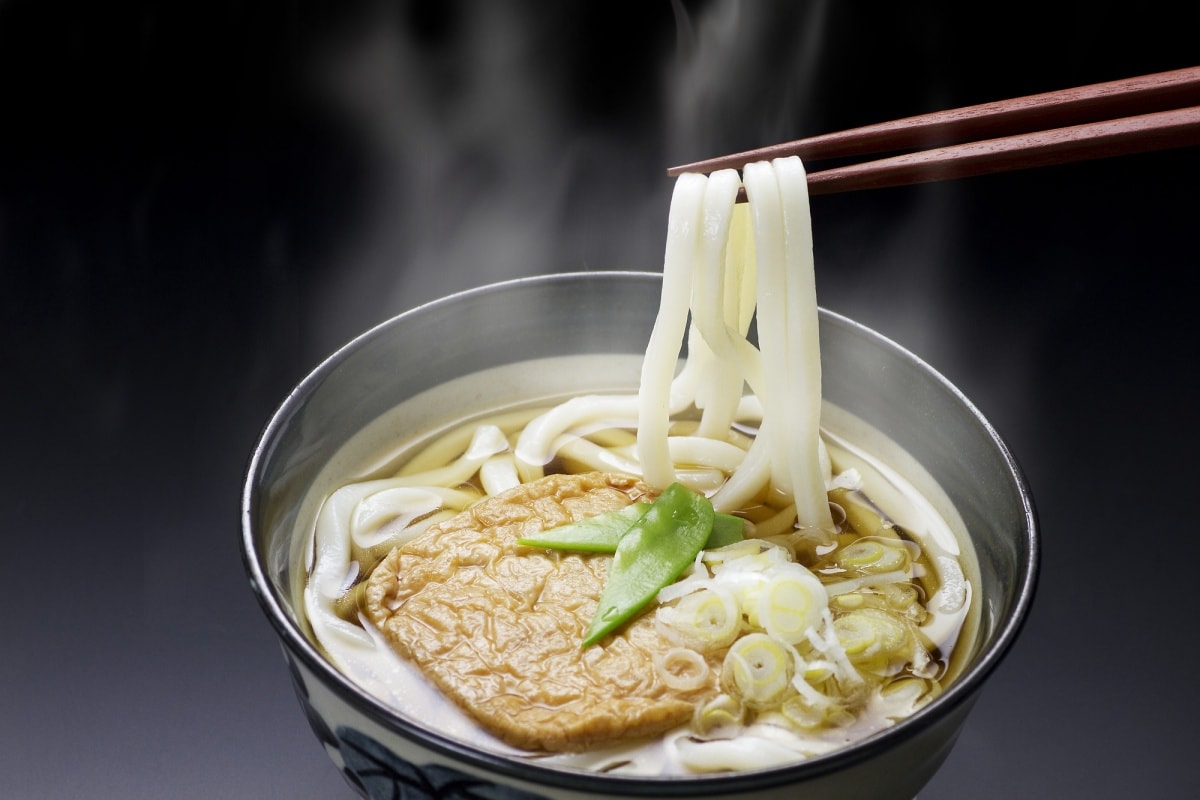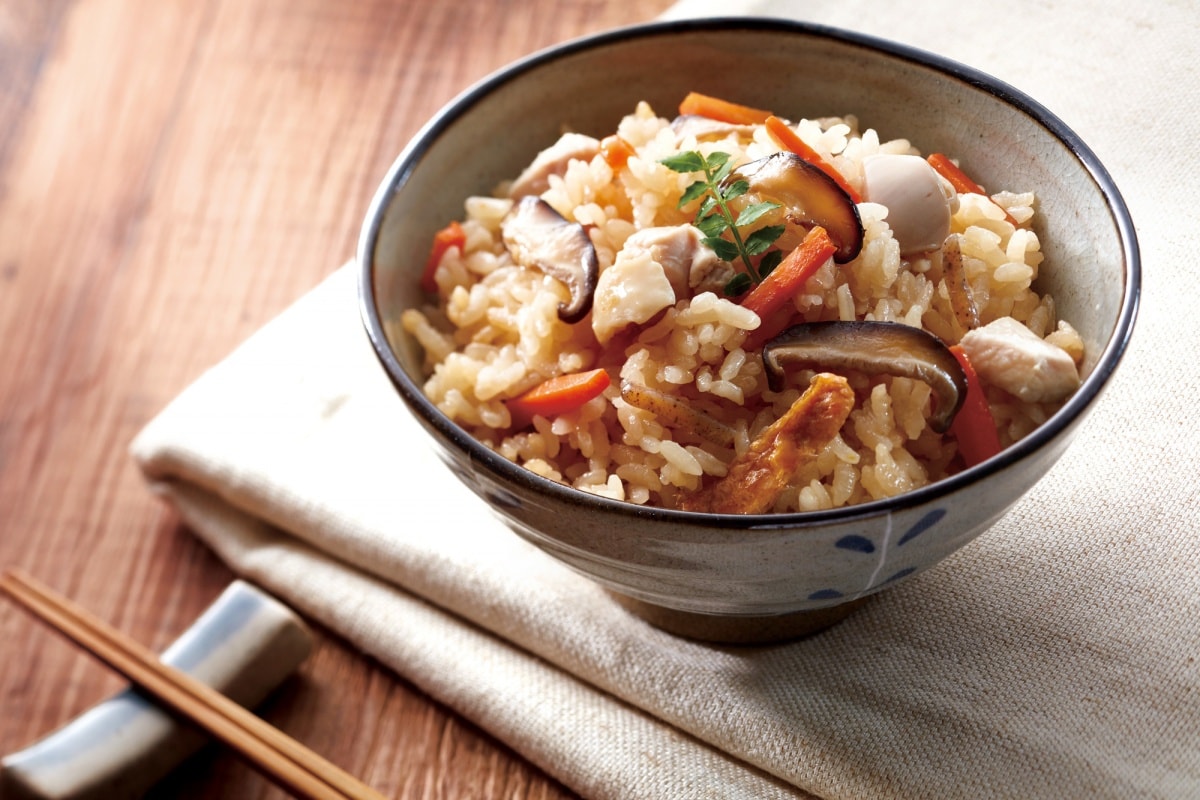5 Easy-to-Make Japanese Dishes

Scrolling through your social media feed, has everyone seemingly turned into professional cooks or bakers? Or are they secretly unwrapping take-outs and presenting them on kitchen cupboard crockery? Fortunately, you don’t need to go down either path to enjoy some excellent Japanese food at home!
By Phoebe Amoroso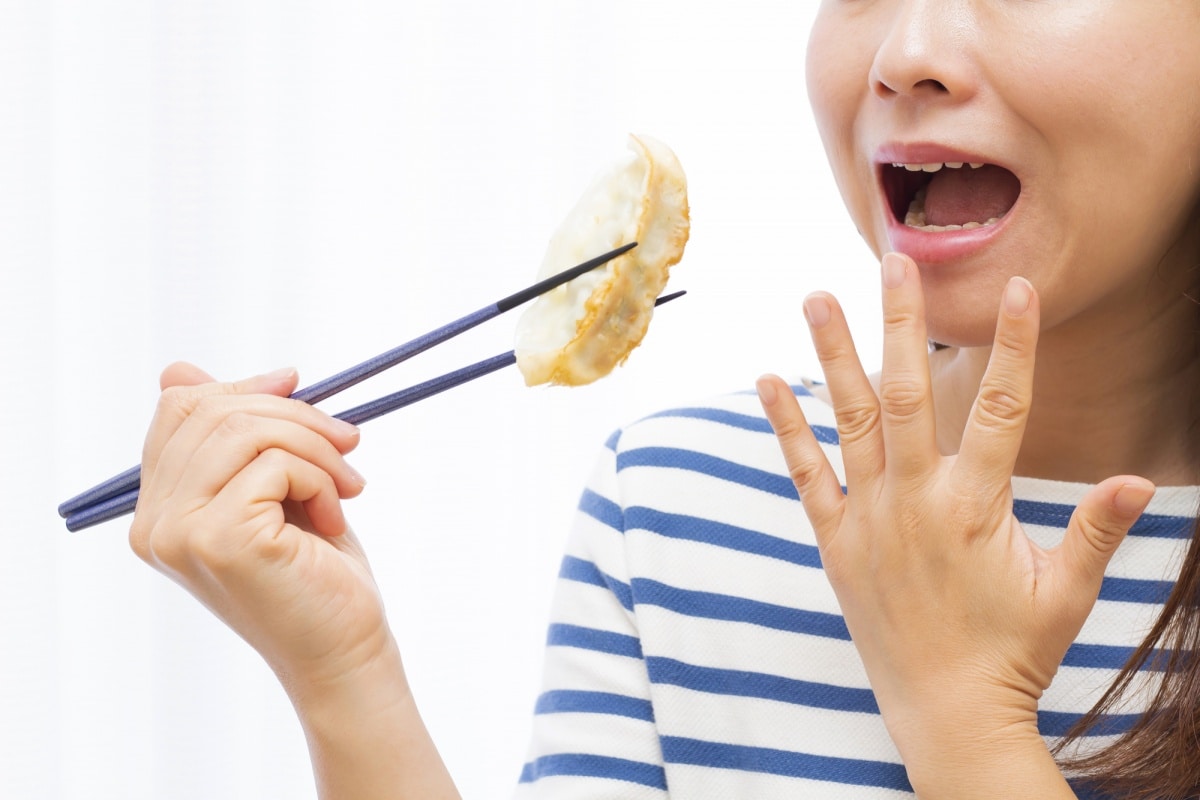
Japanese cuisine relies on a few core ingredients, such as soy sauce, mirin, sake, sugar and, of course, dashi stock. Fill your cupboard with these and you’ll have the foundation to tackle most dishes. For the days where you don’t have hours to spare, here are five simple recipes to start you off! For step-by-step instructions, check out the links in each section, courtesy of our friends at Just One Cookbook.
5. Oyakodon
Top of the list, in part due to its wonderful name which literally means “parent-and-child bowl,” this chicken-and-egg one pot is a Japanese classic. In a mixture of katsuo dashi, soy sauce, sugar and mirin, simmer chopped chicken thigh meat and sliced onions until cooked through. Next, the mildly tricky part: adding a lightly beaten egg until it is partially cooked (watch it closely!), then pour the umami-full, sweet concoction on top of rice.
4. Curry & Rice
The ultimate taste of home cooking for many and a favorite among kids, each household has their different take on curry rice. While the roux can be made from scratch, supermarket shelves are lined with rows and rows of brands and flavors. It’s simply a matter of finding one that suits your tastes, although basic roux is almost always improved by adding your own spices or sauces into the mix. The traditional ingredients are meat (usually chicken or pork, though beef is used for a darker, richer curry), with potato, carrots and onions, but feel free to go wild! Serve with some pickled ginger or rakkyo (Chinese onion).
3. Shogayaki
Another classic often found on teishoku (set menus) at shokudo (cafeteries) around the country, shogayaki is hard to get wrong—although there are many different ways to go about it. The basic concept is to fry up some thin slices of buta rosu (pork loin) and onions, and then pour over a sweet tangy sauce of soy sauce, mirin, sake, sugar and, of course, grated ginger (you can buy this in a tube if you are really lazy). Serve with grated cabbage.
2. Udon
Beloved for their thick and springy texture, udon noodles are great to slurp for lunch or a light dinner. For the meat version, simply boil up a mixture of dashi, sake, mirin, sugar and soy sauce (adjust saltiness and sweetness to taste), and add some thin slices of beef. Meanwhile, boil up the udon soup—yet another mix of dashi, soy and mirin, and add the udon. Transfer to a bowl, put the meat on top, sprinkle with spring onions and voila! For a vegetarian version, swap out the beef for aburaage (deep-fried tofu pouch) and use kombu dashi.
1. Takikomi Gohan
Last but not the least, the ultimate example of minimum effort but maximum flavor! Sometimes called gomoku gohan (five ingredients) rice, the dish typically contains ingredients like chicken, shiitake, carrots, konnyaku (konjac), aburaage and burdock. Throw everything into your rice cooker with dashi, mirin, and sake. Wait until cooked, then serve, perhaps garnishing with mitsuba (Japanese parsley). Give yourself a pat on the back for enjoying a homemade, delicious and nutritious homemade meal, having done almost nothing!


